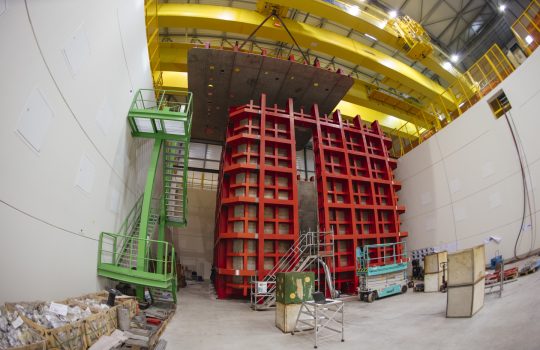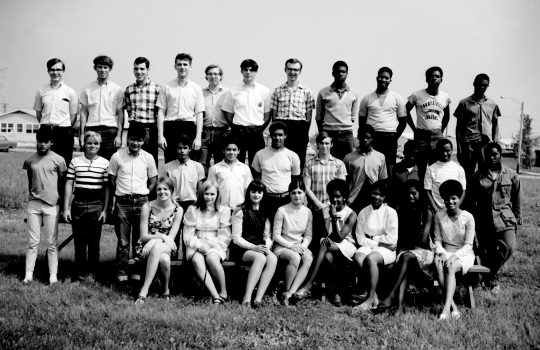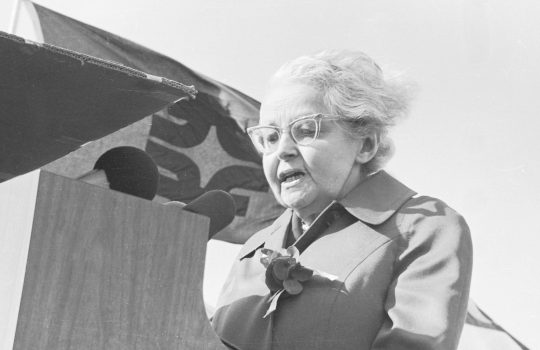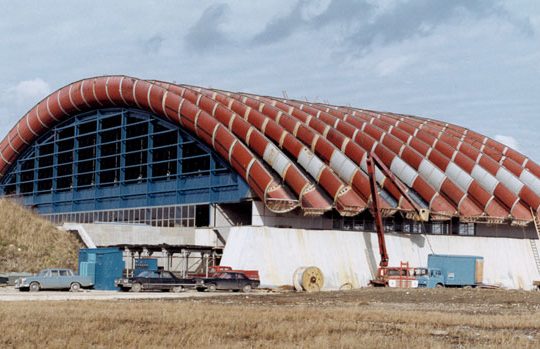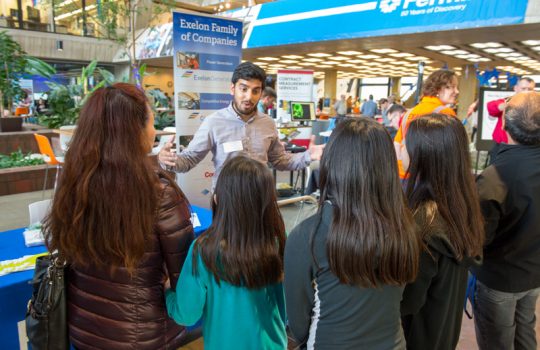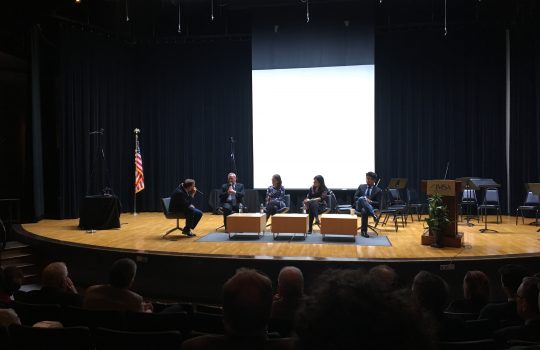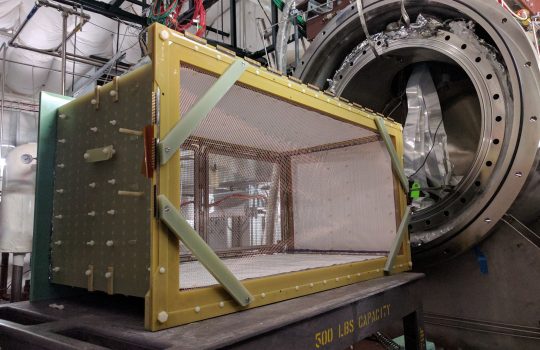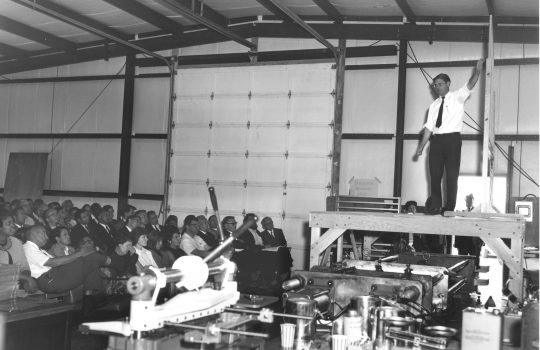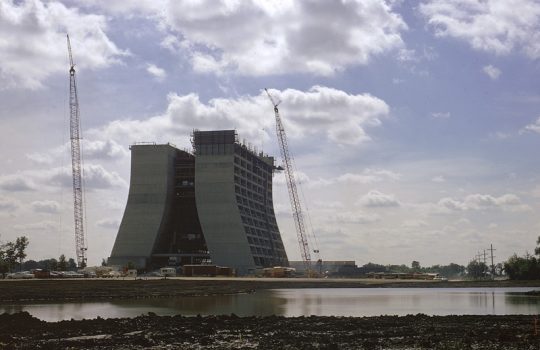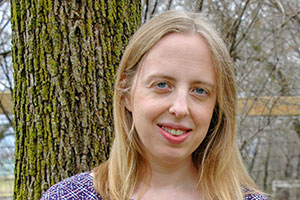New U.S. and CERN agreements open pathways for future projects
- CERN
- CMS
- Deep Underground Neutrino Experiment
- DUNE
- dune-international
- High-Luminosity LHC
- HL-LHC
- Large Hadron Collider
- LBNF
- Long-Baseline Neutrino Facility
- neutrino
- Sanford Lab
- Sanford Underground Research Facility
- South Dakota
DOE and CERN last week signed three new agreements outlining the contributions CERN will make to the Fermilab neutrino program and DOE’s contributions to the High-Luminosity Large Hadron Collider upgrade program.

